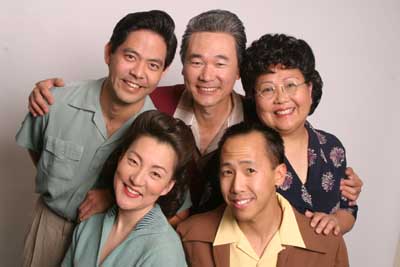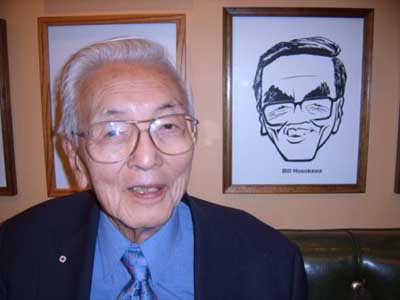 Asian Americans are finally showing up in American pop culture at large, but Asian American fine artists are still mostly invisible. Only a few have had notable — or rather, noted — careers in the art world.
Asian Americans are finally showing up in American pop culture at large, but Asian American fine artists are still mostly invisible. Only a few have had notable — or rather, noted — careers in the art world.
When I was an art student, I didn’t think much of my heritage. You might say it was my “Banana Period.” As an artist, I didn’t appreciate my ethnicity, even when I was included in a group show of Japanese artists and my painting was bought by a famous playwright (keep reading below).
I simply didn’t identify myself as an Asian American artist. I was simply an artist, and the art I made was informed by my 8th grade art teacher, Julie Maiolo, my high school art teacher, Jay Filson, and all my professors (especially color theorist Mary Buckley), as well as the art history teachers and books I soaked up. Which meant my awareness of art was all Euro-centric.
In all of that art history and theory, what I knew of Asia in art was that calligraphy was beautiful, ink painting was hard but similar in process to watercolor, and that Japanese woodblocks inspired the French Impressionists that I loved so much.
So it’s understandable that I assumed any artist with an Asian name was Asian, not Asian American. For instance, for years I thought the sculptor Isamu Noguchi was Japanese, even though he was born in Los Angeles.
But now, the hidden history of Asian American artists is finally getting a jump start, thanks to two projects.
First is the first extensive exhibition of Asian American artists, “Asian/American/Modern Art: Shifting Currents, 1900–1970,” curated by the de Young Museum, part of the San Francisco Fine Art Museum (there’s a companion book available). The exhibit opened in October, and runs through late January. Then the work moves to the Noguchi Museum in Long Island City near New York.
Second is the publication of “Asian American Art: A History, 1850-1970,” by Stanford University Press.
Continue reading




 Erin and I attended a talk and book signing with 9News Political reporter
Erin and I attended a talk and book signing with 9News Political reporter 

 Bill Hosokawa in 2005, sitting next to a caricature at the Denver Press Club
Bill Hosokawa in 2005, sitting next to a caricature at the Denver Press Club





